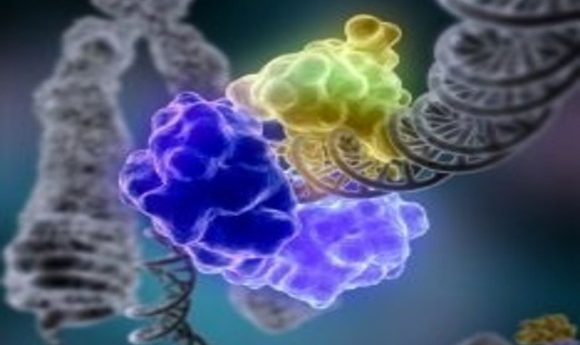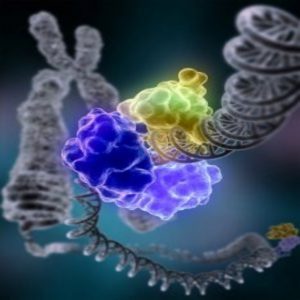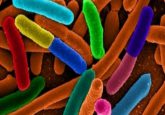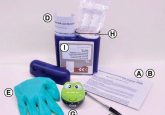ATR inhibitors: destroying DNA

Analysis of an anti-cancer drug in clinical trials reveals a previously unknown effect on DNA that could contribute to its potency.

Recent research aiming to establish biomarkers that could indicate the most effective course of therapy for a variety of cancers, which was conducted at the Perelman School of Medicine at the University of Pennsylvania (PA, USA) and led by Eric J Brown, has produced some interesting findings. The study revealed that ATR inhibitors not only impair the DNA damage repair (DDR) mechanism in tumor cells, but also the replication of specific repeat sites in the DNA.
The enzyme, ATR checkpoint kinase (ATR), is a known component of the DDR response. DDR is vital to tumor development as it allows cells with defects in their DNA to continue to proliferate. ATR inhibitors target this enzyme and therefore prevent the DDR response, making them specific to cancer cells that are far more reliant on DDR than healthy, non-tumor cells.
Studying mouse and human cells, the team used RPA-chromatin immuno-precipitation and breaks identified by TdT labeling techniques to analyze the sites of impact for ATR inhibition. Over 500 sites were identified to be dependent on ATR for successful replication. These sites were typically composed of repeat sequence DNA with a strong structure-forming potential.
These results indicated to Brown that: “it is possible that the effects of ATR inhibitors may not be solely based on lethal interactions with defective gene expression in cancer cells, but also on the state of the repetitive DNA that relies on the ATR enzyme for stability.”
With ATR inhibitors currently involved in a variety of clinical trials, including a combination trial with PARP inhibitors, led by Fiona Simpkins (University of Pennsylvania), these findings could prove useful in designing these trials. “ATR inhibitors may help PARP inhibitors work more effectively during different clinical situations, including overcoming PARP inhibitor resistance,” Simpkins commented.
The next step for the research is to continue to monitor the ATR-dependent replication sites in the DNA, to see if they prove useful as biomarkers for treatment efficacy. “While it is too early to tell exactly how detecting specific DNA sequences that break due to ATR inhibition will be applied in the clinic, the idea that the genome itself, not just the proteins expressed from it, might influence responses to treatment is a novel concept worthy of exploration,” postulated Brown.





